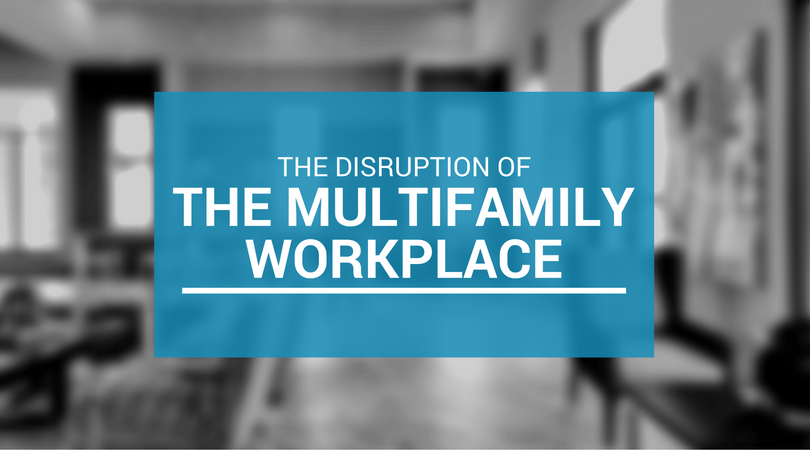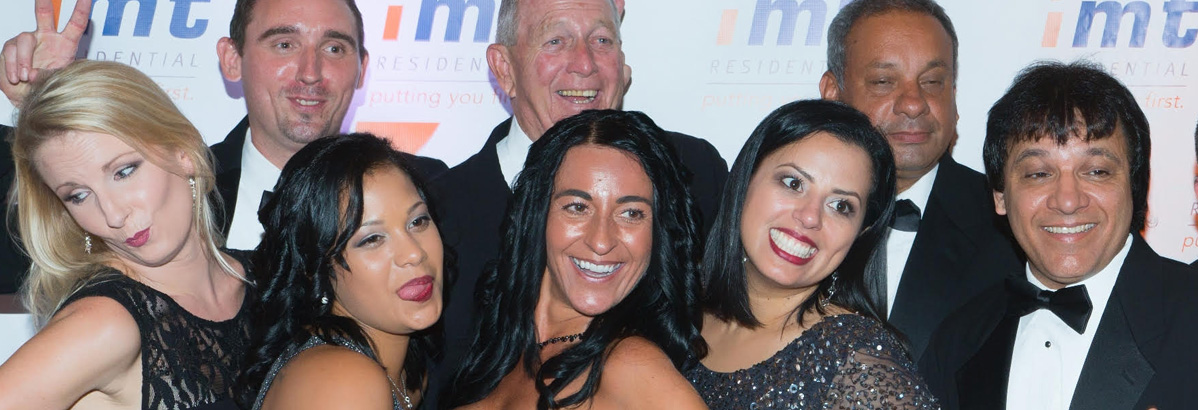
The Disruption of the Multifamily Workplace
There is a certain disruption occurring in the workforce today with the prevalence of social media and the ability for a single person to reach a vast audience through various platforms in a relatively short amount of time. Employees are able to post, snap, tweet and share their thoughts, opinions, and experiences regarding their employers […]

Multifamily Culture as a Competitive Advantage
A high-performing culture starts with a culture of learning and development. I know what you are thinking: culture is complex. I am speaking of high-performing results. A company that sets out to entice employees with flexibility, comfort, beverage bars and all that we have seen in new culture practices will struggle for long-term success. Be […]

Building Legendary Teams
Leadership. A single word that carries many different beliefs. It’s intimidating for some and a journey for others. Another word that comes to mind is success. Next time you have a meeting, ask each person what success means to them. See how many different answers you receive. It’s no wonder companies zig zag on issues. […]
